Today I will detail the importance of the diamond resources in Venezuela, as well as the regions where these minerals occur and the current situation of the raw process according to the international and local regulations of the exploitation of diamonds. So if you are interested in knowing everything about this precious stone in this beautiful country, stay for a moment :)
In the Guiana Highlands in southeast Venezuela, a series of fortress-like massives of the Pacaraima chain rise from the ground. The signal landmark of southern Venezuela’s diamond lands are these 1.7-billion-year-old sheer flat-topped structures known as tepuys. Formed from the sandstone, they rise more than a mile above the rainforest. Rather than uplift or volcanism, they were formed largely by erosion of the surrounding sediments.
In the native language of the Pemon people, tepuy means “house of the gods”. For fear of reprisal by the gods, no one ventured up to the tops of the mountains and the plateaus themselves have been isolated for millions of years, cut off from civilisation the life there evolved into unique species, an array of endemic plants and animals found nowhere else on the planet.
Bordering with Guyana and Brazil, this vast area of land known as the Gran Sabana is commonly called the Lost World. With the most prominent of the tepuis, mount Roraima as the source of inspiration of Arthur Conan Doyle’s 1912 novel “The Lost World”, a land still inhabited by dinosaurs. Nowadays, the site is famed as the home to the world’s tallest waterfall, the Angel Falls.
The discovery of diamonds in Venezuela dates back to 1902, extracted from alluvial sediments a short drive from Roraima Supergroup. Both industrial and gem-quality diamonds in this area have been sourced from the placer deposits along the major streams and gravels of Venezuela and Guyana.
Alluvial diamond deposits in Venezuela and Guyana are mainly associated with Roraima Formation, which suggests that sources are found within sedimentary sequences of it.
All rivers and streams that flow along or across Roraima group contain diamonds. In Venezuela, terraces or recent gravels of Caroni, Paragua and Cuyuni Rivers and their tributaries have alluvial diamonds. The diamonds obtained from alluvial deposits in Venezuela and Guyana are mainly between 0.1 to 0.2 carats
http://www.minelinks.com/alluvial/diamondGeology42.html
Until the discovery of 155-carat “El Libertador” - named so to honour Simon Bolivar in 1943, production mostly stayed sporadic and inconsistent.
In the late 1940s diamond rush followed and though most of the area was accessible only to an aircraft and four-wheel drive vehicles additional diamondiferous regions were discovered.
This region affected by the exploitation of diamonds is decreed to more than 112 thousand square kilometres and located in the northeast region of Bolivar State, south of the Orinoco River, known as The Orinoco Mining Arc was approved by the recent Ministry of Ecological Mining Development.
This practice of exploitation created by the government of Nicolás Maduro only aims to operate a new measure of production through natural resources that exceed the exploitation of oil in Venezuela, thus driving more than 12% of mineral exploitation such as gold and Diamond.
But this brings other social, ecological, political and of course economic difficulties since it also opened the way to the illegal exploitation of minerals in these zones being under the protagonists of these criminal acts participating in the FARC, the Venezuelan army and prison lords.
Speaking a bit about the history of diamond mining in Venezuela, it is necessary to explain that diamond exploitation has been carried out for many years, however, the legality of it lies by an agreement that certifies the countries producing this precious mineral to keep track of its production, sale and exploitation.
This process of international certification is called the Kimberley, it remains in the sovereign society to establish the prices, types and seals of raw material production, for the legal commercialization of this material.
Everything sounds legal, but in 2008 the Venezuelan government decided to voluntarily leave the Kimberley association, the apparent reason was the disapproval of providing data to society. Hiding this production data leaves much to the assumptions that commercialising of diamonds on the black market began through criminal efforts at the border, internal and prison mafia.
The same year the diamond trading in Venezuela could reach up to 30 million dollars annually, an impressive sum that has been increasing little by little.
In 2014 Venezuela accepted the condition of belonging again to the Kimberley process, due to the flow of raw material (diamonds) without the respective payment of taxes by the miners, the illegal traffic and the captive sale on the black market. These actions were held until the year 2016 when Venezuela was voted into the process and the Kimberley certification was issued.
In the year 2017 Venezuela and South Africa met with the firm intention of being able to reach agreements regarding the exploration and exploitation of Venezuelan diamonds, to put limits to the illegal miners in the area and in the same way to be able to make agreements that do not harm the environment.
President Nicolás Maduro mentioned that the strategies and techniques of diamond production would not harm the environment, he also added that machinery would not be used to damage the ecosystem of the area located in the Bolivar State.
For the same year 2017 Maduro indicated that South Africa and Venezuela will explore possibly more than 10 thousand hectares, where it is assumed that there is an approximate of more than 38 million carats of diamonds, considerable enough to assume as the main source of income for the Venezuelan state and thus to not depend entirely on the oil resources.
Since the integration to the Kimberley international certification process, Venezuela has made a treaty with small mining companies in the Orinoco Mining Arch, transferring in March 2018 a total of 12 thousand carats of diamonds to the BCV (Venezuelan Central Bank), which is in charge of marking and establishing the pricing for the miners who have collaborated to deliver these precious stones to improve the economy of the country.
It is expected that while the exploitation of diamonds in Venezuela has the success that the government preaches, the economy could well have a glimmer of hope in the country, of course, there are still factors that can sabotage the legal exploitation in the basins of the river Orinoco.
Another version of the current facts regarding diamonds is the supply of new forms of production in the state, being financed by this raw material, however, it is very likely that this will take some time before it can win the battle against the illegal miners who transport the diamond to the borders to earn even more than the government is willing to pay for them.
TO BE CONTINUED...
References
Photos: @highonthehog
Images: sources linked below
S.G. Blore, J. Létourneau, The Lost World Diamond Mining And Smuggling In Venezuela, Partnership Africa Canada, 2006
D.S. Hammond, Tropical Forests Of The Guiana Shield: Ancient Forests In A Modern World, Cabi Publishing, 2005
D.M. Derenzy Channer, A. Egorov, F. Kaminsky, Geology And Structure Of The Guaniamo Diamondiferous Kimberlite Sheets, South-West Venezuela, Revista Brasileira De GeociêNcias, 2001
J. Legrand, Diamonds: Myth, Magic and Reality. Crown Publishers, New York, 1980

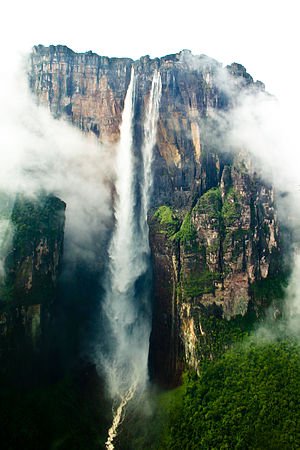
.jpg)

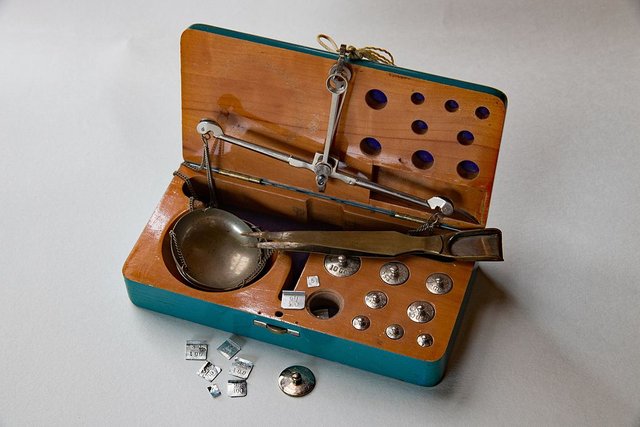
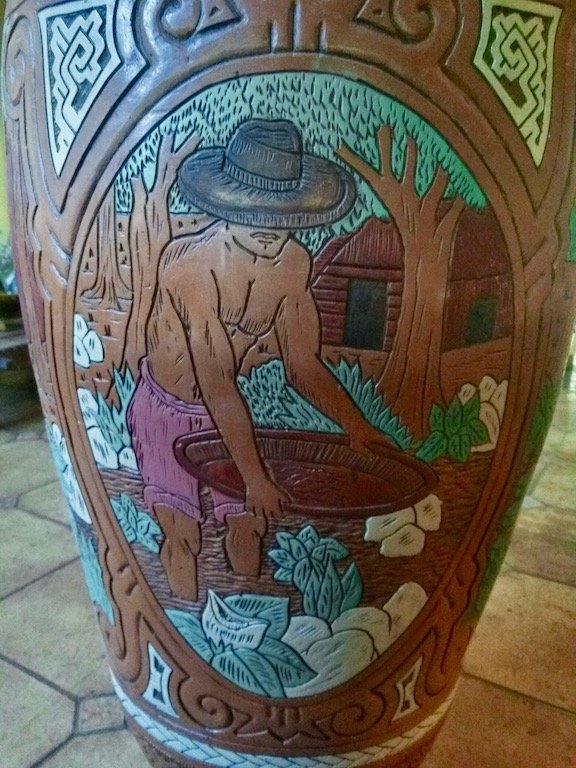
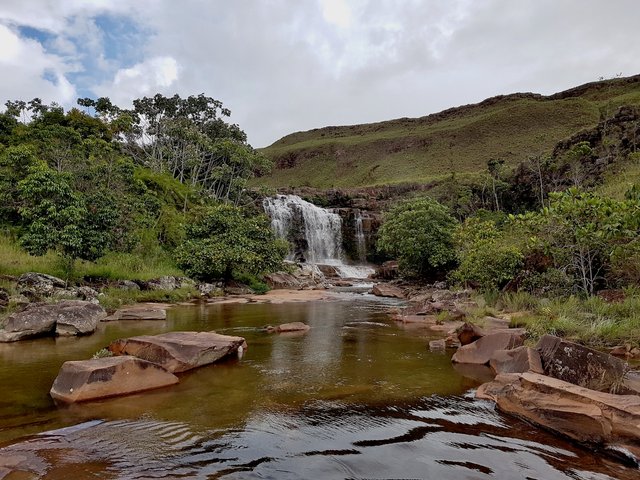

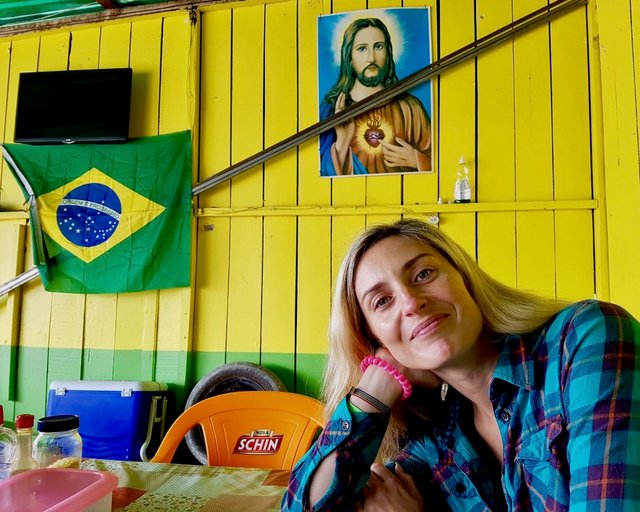
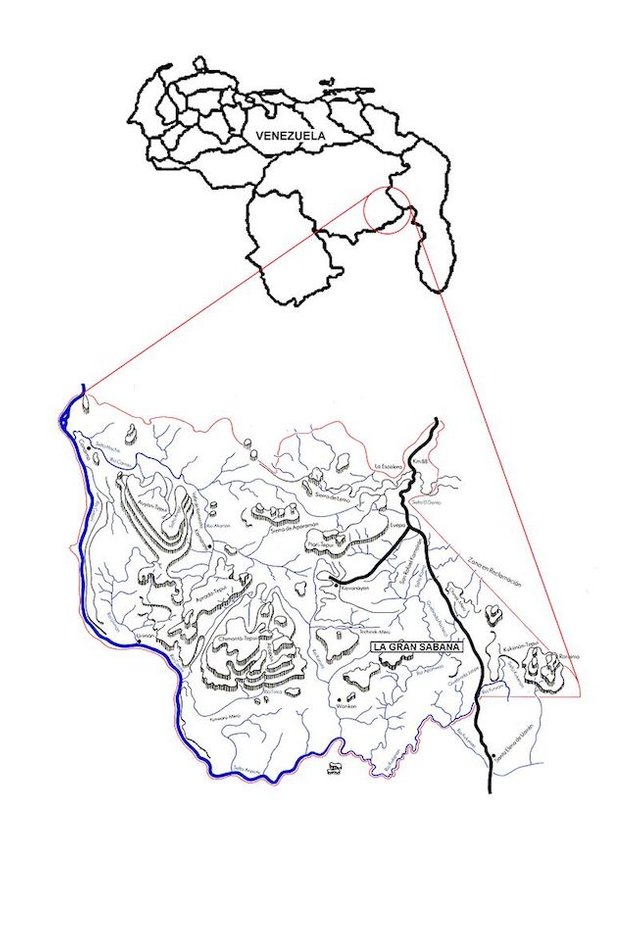
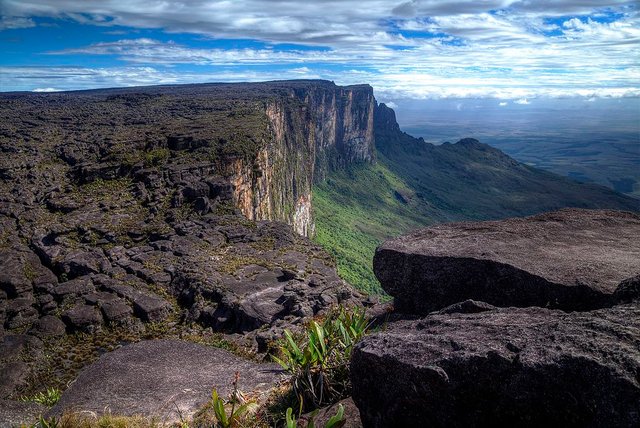
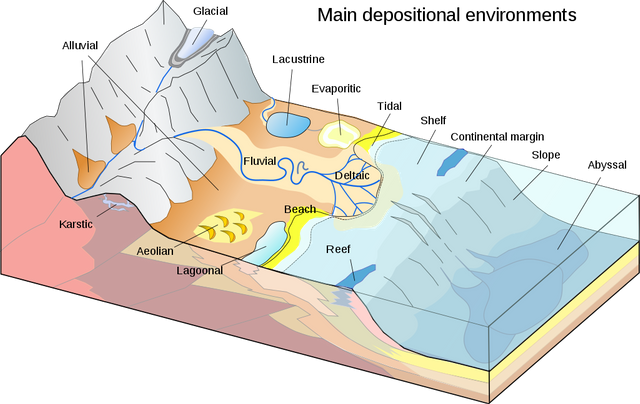
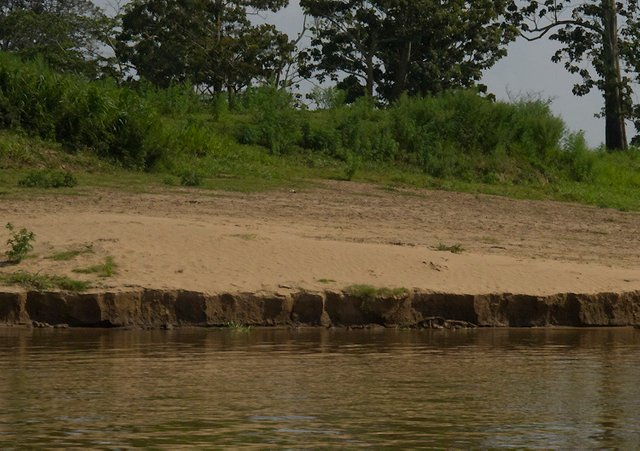
.jpg)
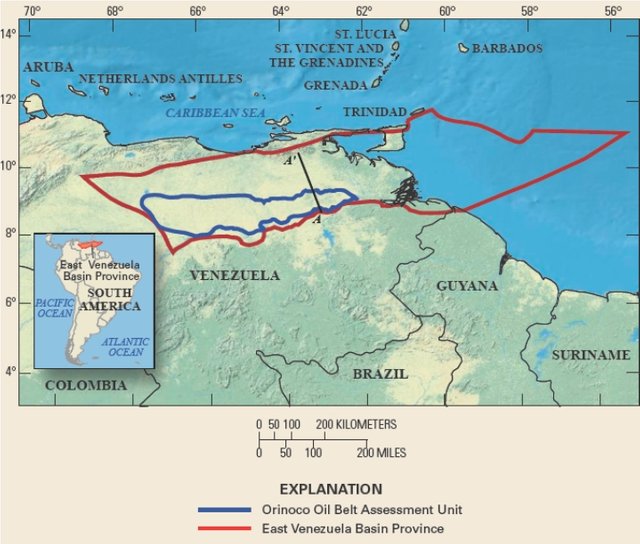
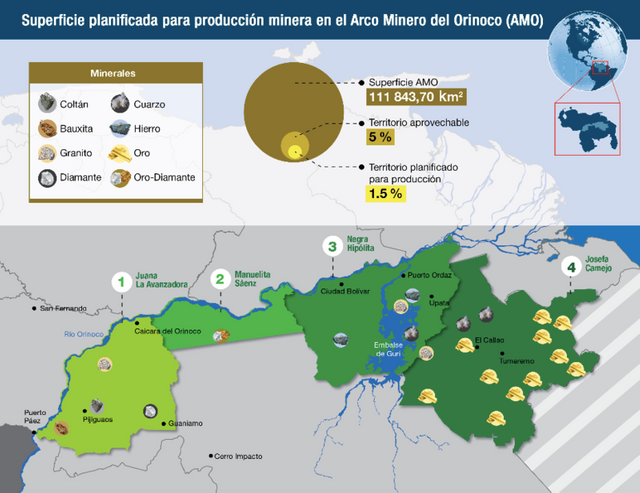
.jpg)
DISCLAIMER: dropahead Curation Team does not necessarily share opinions expressed in this article, but find author's effort and/or contribution deserves better reward and visibility.
(maximize your curation rewards!)
with SteemConnect
12.5SP, 25SP, 50SP, 100SP, 250SP, 500SP, 1000SP
Do the above and we'll have more STEEM POWER to give YOU bigger rewards next time!
Are you a curator? Join our team! v1
Releasing the power of dropahead's Rewards Pool (DRP)
This post has been voted on by the steemstem curation team and voting trail.
There is more to SteemSTEM than just writing posts, check here for some more tips on being a community member. You can also join our discord here to get to know the rest of the community!
Yay , thank you :)
Saludos! hermosos paisajes de mi querida Venezuela!
Hey, thank you for the comment, all the best :)
Thank you for write about my beautiful country, Regards!
Muy completo el informe. Espero por la segunda parte.
Hi @highonthehog!
Your post was upvoted by utopian.io in cooperation with steemstem - supporting knowledge, innovation and technological advancement on the Steem Blockchain.
Contribute to Open Source with utopian.io
Learn how to contribute on our website and join the new open source economy.
Want to chat? Join the Utopian Community on Discord https://discord.gg/h52nFrV
Thank you :)
I did not know Venezuela had also diamond as well as oil Thanks for sharing I look forward to reading the next......
Oh and other minerals. It is an incredibly rich country , and at the same time really poor due to the mismanagement...sad but true. Thanks.
It’s always sad to see poorer countries exploited by wealthy ones, but at least it sounds like he situation is improving. Great article!
Thank you. Not sure if the situation is really improving, how much of it is just a propaganda. the fact is that an unstable situation in this country with such wealth is of the benefit of other countries.
Are they planning on issuing a diamoneda? :D
I hope not ! hehe